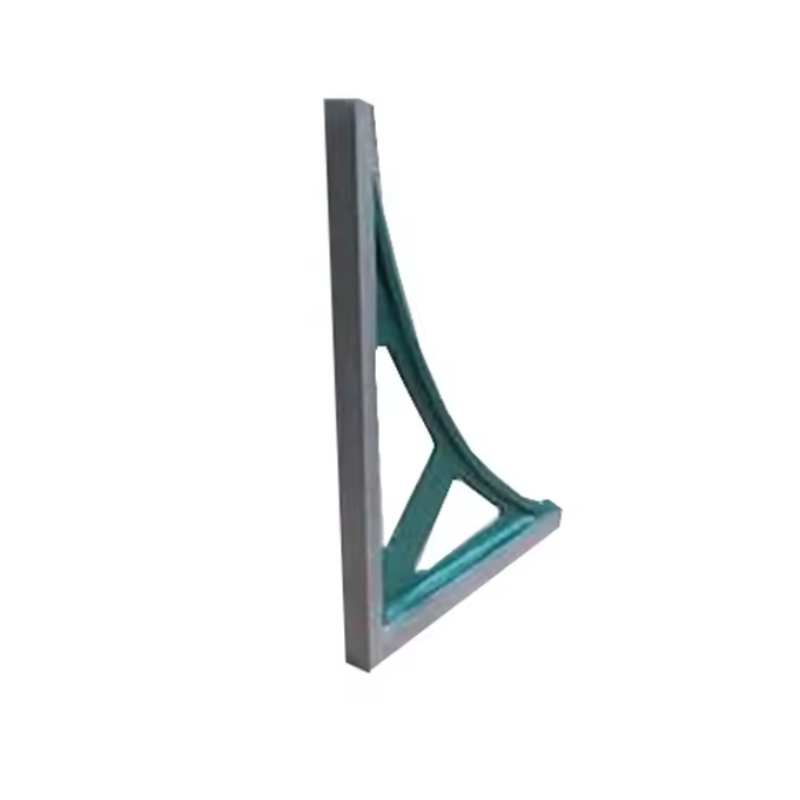Dec . 04, 2024 13:15 Back to list
Determining the Open Direction of a Water Valve
Understanding Water Valve Orientation Which Way is Open?
Water valves are essential components in plumbing and irrigation systems, controlling the flow of water in residential and industrial applications. One common question that arises when dealing with these valves is the orientation which way is the valve open? Understanding the mechanics behind water valves and how to identify their open and closed positions can save time and effort when managing water flow.
Types of Water Valves
Before discussing the orientation of water valves, it is important to know the different types of valves commonly found in plumbing systems
1. Gate Valves These valves are commonly used for on/off control without pressure regulation. When the handle is turned counterclockwise, the gate rises, allowing water to flow freely.
2. Ball Valves Featuring a hollow, perforated sphere (the ball) to block or allow water flow, these valves open quickly. Turning the handle 90 degrees counterclockwise will open the valve.
3. Globe Valves Ideal for regulating flow, globe valves have a spherical body and require the handle to be turned usually clockwise to close and counterclockwise to open.
4. Butterfly Valves These consist of a disc that rotates to allow or stop the flow of water. The handle's position directly correlates with the valve's open or closed state.
5. Check Valves Unlike the others, check valves allow flow in only one direction and do not have a traditional open/close mechanism.
Identifying the Open Position
Most valves have a simple way to identify whether they are open or closed. Here are general guidelines to determine the orientation
- Check for Markings Many valves have indicators or labels on the body showing the open and closed orientations
. Look for arrows or symbols denoting the flow direction.- Handle Position For most valves, turning the handle counterclockwise is typically associated with the open position. Conversely, turning it clockwise generally indicates that the valve is closed.
water valve which way is open

- Visual Inspection In some cases, a visual check can confirm whether the valve is open. For instance, in gate valves, if the stem is raised, the valve is likely open.
Specific Valve Guidelines
1. Gate Valves As previously mentioned, turning the handle counterclockwise raises the gate, opening the valve. Always make sure the gate is fully raised to avoid water flow restrictions.
2. Ball Valves Here, the ball's hole must align with the pipe for water to flow. Ensure the handle is perpendicular to the valve body when open and parallel when closed.
3. Globe Valves These valves require more effort to open or close due to their design. Counterclockwise rotation opens the valve, but it's essential to note that partial openings can impact flow rates.
4. Butterfly Valves They provide a straightforward open/close mechanism. When the handle is turned parallel to the valve body, the valve is open, and when it’s perpendicular, the valve is closed.
Tips for Operating Water Valves
1. Never Force a Valve If a valve is difficult to turn, there may be underlying issues. Forcing it can damage the valve, leading to costly repairs.
2. Regular Maintenance Periodic inspection and maintenance keep valves functioning correctly. Lubricating the threads and checking for leaks are good practices.
3. Understand the System Familiarize yourself with your plumbing system. Knowing where valves are located and what they control helps in emergencies and routine maintenance.
4. Use the Right Tools When necessary, use dedicated tools to operate valves (such as wrenches) to avoid stripping the handle or damaging the valve.
Conclusion
Knowing how to identify which way a water valve is open is a fundamental skill in managing water flow in any plumbing system. Whether using a gate, ball, globe, butterfly, or check valve, understanding their mechanics and maintaining them properly can enhance efficiency and reduce the risk of water leakage. Always refer to manufacturer instructions when in doubt, and remember that proper operation can make a significant difference in the lifespan and functionality of your valves.
-
thread-plug-gauge-our-promise-of-measurement-excellenceNewsAug.22,2025
-
gauge-pin-class-reflecting-quality-legacyNewsAug.22,2025
-
check-valve-types-for-high-rise-buildingsNewsAug.22,2025
-
water-control-valve-for-irrigation-systemsNewsAug.22,2025
-
gate-valve-with-soft-seal-technologyNewsAug.22,2025
-
y-type-strainer-for-oil-and-gas-applicationsNewsAug.22,2025
Related PRODUCTS









